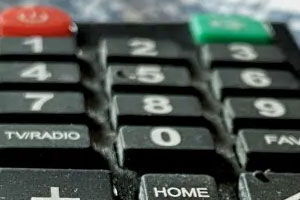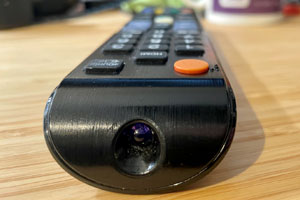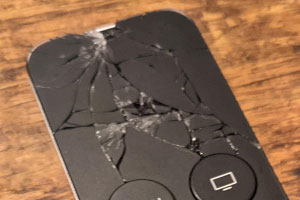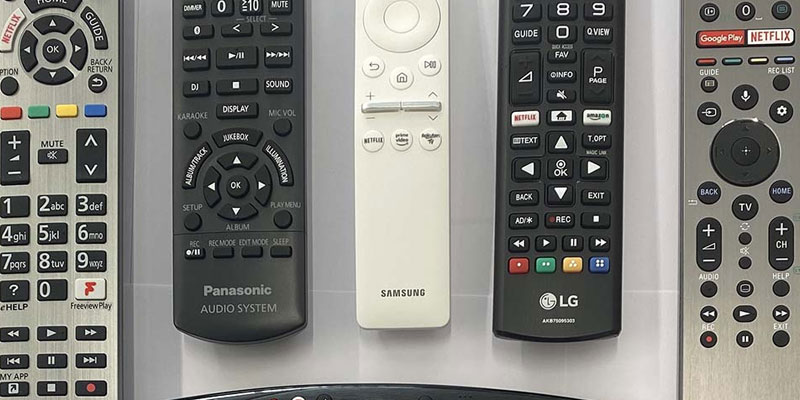DIY Remote Control Repairs: Fix Instead of Replace
Remote controls are great—until they stop working. Nothing derails movie night like a remote that won't respond or one that's gone missing. Instead of buying a new remote when yours acts up, try fixing it yourself. DIY remote repairs are often quick and easy, saving you money while reducing e-waste.
Tools Needed for Remote Control Repairs

Basic tools needed for remote control repairs
You can repair a TV remote at home with just a few items:
- Small screwdriver & pry tool: This opens the remote's case (many have hidden clips).
- Rubbing alcohol & cotton swabs: To clean around and clean remote control buttons and internal contacts.
- White vinegar: Helps remove battery corrosion from contacts (use gloves for this).
- Fresh batteries: Always test the remote with new batteries after fixing any issues.
Common Remote Control Problems and Solutions
Unresponsive Buttons

Cause: Dirt under the keys.
Fix: Remove batteries, open the case, and wipe the circuit board and rubber pads with isopropyl alcohol.
Battery Issues

Cause: Corroded or loose contacts can cut power.
Fix: Scrape off any white corrosion and wipe contacts with vinegar. This remote control battery corrosion fix often revives a "dead" remote. Put in fresh batteries.
Signal Problems

Cause: The remote has power, but the TV doesn't respond.
Fix: Ensure a clear line-of-sight for IR remotes. Check the remote's IR output using a phone camera. If it's a Bluetooth/Wi-Fi remote, re-pair it with the device (follow the manufacturer's pairing steps).
Physical Damage

Cause: Cracked case or water damage.
Fix: Tape up cracks or use glue. Remove the batteries and dry them entirely if they get wet before use. Significant internal damage likely requires a replacement.
Brand-Specific Repair Tips

Different brands of remote controls require specific troubleshooting approaches
Use the usual battery swap and cleaning fixes for standard IR remotes. If that doesn't help, try resetting (remove batteries, press Power). Samsung Smart TV remotes can be re-paired by holding Back + Play/Pause, and Sony's Android TV voice remotes pair via the TV's Bluetooth menu.
Re-pair "Magic" pointer remotes by pressing OK (the centre wheel) while pointing at the TV. If it won't connect, reset and pair again (hold Back + Home for 5 seconds).
Charge the Siri remote (or replace its coin cell battery) and re-pair it by holding Menu + Volume Up near the Apple TV.
Make sure the remote is paired. Press the pairing button on a Roku voice remote until it reconnects; hold Home for around 10 seconds to pair it with a Fire TV remote. (And use fresh batteries for both since streaming device remotes drain batteries faster.)
When DIY Fails: Replacement Options
If the remote is still unresponsive after all attempts or is physically beyond repair, it's time to replace it.

Quality replacement remotes for all major brands
Replacement choices: You can get an original (OEM) remote from the manufacturer or use a universal remote programmed for your device.
New remotes are often inexpensive. Be sure to recycle the old remote to minimize e-waste.
FAQ
Need a New Remote?
If your repair attempts weren't successful, browse our extensive selection of quality replacement remotes for all major brands including Samsung, LG, Sony, and more.
Shop with confidence at Replacement-Remotes.co.uk – the UK's remote control specialists!
